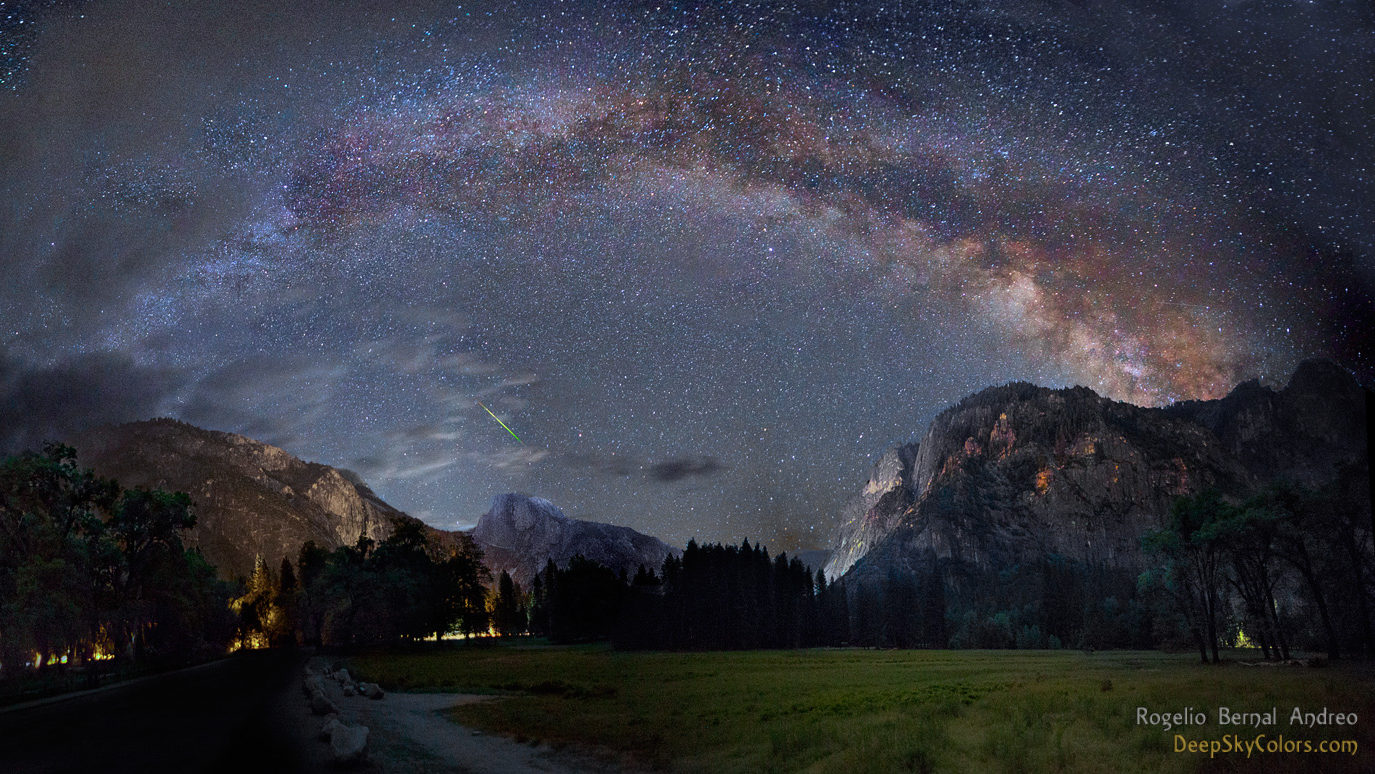C9.25 vs 10″ Teleport Shoot Out
By Daniel Mounsey
These observations took place in 2005 with my observing buddy June and I in SoCal. I’ve used and tested many SCT’s but this particular 9.25 is the best quality sample of any SCT I’ve ever tested even as of 2014, regardless of aperture and it does not have modern XLT coatings. I recall one rare evening at Pinos where the seeing was very still and delicate wisps with colors were beautifully discerned on Jupiter using this telescope and some of the serious planetary gurus commented on how nicely it performed.
The 10″ Teleport utilizes standard reflective IAD primary coatings on this particular sample. If you hold the primary Zambuto mirror in your hand at an angle, it produces a gorgeous beige tint from this coating. Most purists would probably not like this, but not me when it comes to planets. The reason I like it is because of the way the color saturation on planets presents itself. Mirror thickness plays a crucial role in performance as well and the thickness ratio on the 10″ is 1/10, allowing pretty rapid cool down using the tiny primary fan.
The 10″ optics in this Teleport produce beautiful diffraction rings both in and out of focus with no visible signs of spherical aberration, zones or astigmatism and we’re very critical about optical quality. We always star test the optics we test but we’re careful about how we interpret them. If you look at the 9.25 from the photo here, you’ll notice dew and moisture all over the tube. This is the sign of an extremely steady night by the ocean. Warm and dry Santa Ana air can sometimes zap this out, which is not a good sign from coastal locations like this.
For this particular observation I used a 12.5mm UO orthoscopic and a Televue 2x barlow, producing only 203x and the images this evening were tack sharp with hard outlines in the 10″. I’ve seen the Teleport at 254x on Jupiter with tack sharp images as well, but sometimes I’ll go lower on the magnification to increase the color contrast in the bands. This is only about 20x. June is a critical observer. He used a Lymax cooler about 90 minutes prior to these observations and the Astrozap dew shield helped battle the moisture. June first showed me Saturn at 343X in the 9.25. Honest to goodness, it was one of the most beautiful views of Saturn. He was using a pair of older Televue 26 plossls in his Televue binoviewer. The image was etched, although the gradations and vinyl appearance of the rings were not resolved or present.
I usually only see this in 10″/12.5” reflectors and 8” apochromatic refractors with minimal magnifications of 400x or more at high altitudes around 5000ft near Mt Wilson where the transparency and seeing are absolutely critical. This observation took place at sea level with certain amounts of cool humidity and a slight loss of transparency as a result. But still, I told June, I couldn’t believe his 9.25 was this sharp and the contrast was very surprising. The 10″ Zambuto only takes about 30 to 40 minutes to acclimate at this location by the ocean because the drops in temperature are pretty subtle on most nights. I also make a point not to store the telescope in a warm area prior to observation. Even though primary optic is thin, it still wasn’t acclimated well enough and I have no doubt the image of Saturn would have been better in the 9.25 at this time.
After the 10″ was readily acclimated, June fired the 9.25 at Jupiter and we used various magnifications until we found the right one. I wanted the comparison to be conducted with a single eye. We used a 11mm TV plossl, producing 214x in the 9.25 and a 12.5mm UO orthoscopic, giving only 188x to try and increase color saturation in the bands a little more. Although this may seem low to some observers, you can still see really fine, delicate details at this image scale if you sit and study Jupiter’s cloud features. The key is getting the quality and color saturation of the image just right.
The image in both scopes were superb and after going back and forth between them and making changes with the magnifications, I wanted June to share his opinion first. June said forget it, I like the 10″ Teleport. Honestly the 9.25 produced a gorgeous image too. What appeared different were numerous things. If you carefully examined the actual color of the bands and the features produced by the simpler optical design of the Newtonian, smaller secondary, less optical surfaces and increased aperture, it became more obvious. The sharpness and the definition were seen in the 9.25 but the 10″ just had more punch with everything.
That’s what one should expect with increased aperture of this quality but honestly, anyone who could have seen Jupiter that night in the 9.25 would have been amazed at what was visible. I love the Teleport and it’s one of my favorite telescopes for Jupiter. It really had amazing contrast and crisp image quality on this particular night of good seeing. My goal is looking at the finest images I can and enjoying what I’m viewing no matter whose scope it is as long as it’s producing good image quality. In our visual estimation if the 10″ Teleport was 100%, we would have rated the 9.25 about 85% to 90% what the Teleport was. The 9.25 was not at all that far behind. I have never been a fan of SCT’s. Many produce what I consider soft image quality. It’s as if stars just never seem to snap into crisp focus, but this 9.25 certainly isn’t one of them.
Steady Skies!
